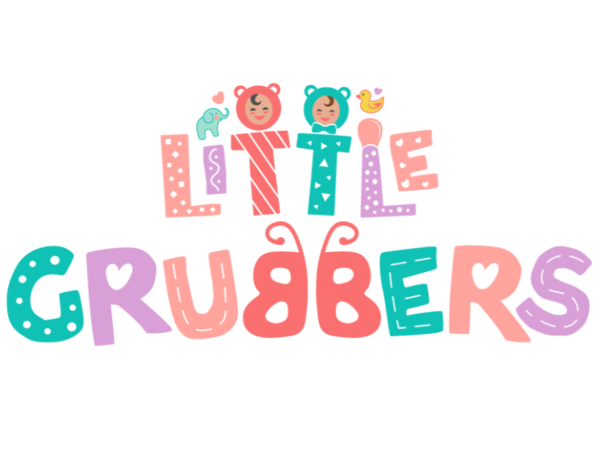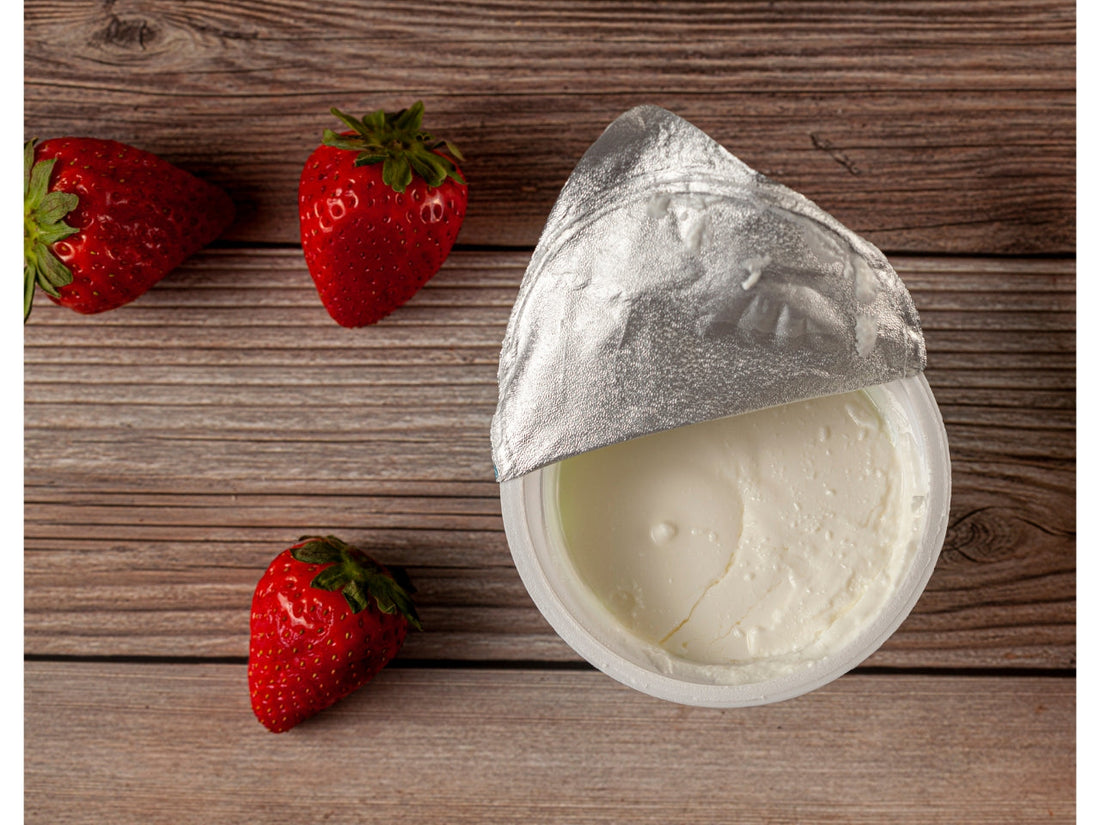Can Store-Bought Baby Food Be Healthier?
Let’s be real—homemade baby food sounds amazing, but as a busy parent, you don’t always have time to steam, blend, and prep meals from scratch. That’s why store-bought baby food is a lifesaver!
But here’s the thing: while pre-packaged baby food is convenient, it’s not always as fresh or nutrient-dense as homemade options. So, how can you make healthy store-bought baby food even better?
The good news? It’s totally doable with a few simple tricks! By reading labels carefully, adding fresh ingredients, and making small modifications, you can enhance store-bought baby food to provide even more flavor, variety, and nutrition.
1. Choose the Healthiest Store-Bought Baby Food
Not all baby food is created equal! When shopping for nutritious options, look for:
✔ Minimal ingredients – The fewer, the better! Aim for whole food ingredients without unnecessary additives.
✔ No added sugars – Many fruit-based purees sneak in sugar or fruit juice concentrates. Stick to naturally sweet options like apples, pears, and bananas.
✔ No artificial preservatives – Opt for products that use natural preservation methods like lemon juice instead of artificial chemicals.
✔ Organic if possible – While not necessary, organic baby food avoids pesticides and artificial additives.
🚨 Watch out for:
❌ Long ingredient lists
❌ Added salt or sugar
❌ Unnecessary fillers (like modified starches)
💡 Pro Tip: If you're using baby food pouches, pour them into a bowl or onto a spoon rather than letting your baby suck directly from the pouch. This helps with oral motor development and prevents overconsumption!
2. Boost Nutrition by Mixing in Fresh Ingredients
Store-bought baby food is a great base, but adding fresh, whole foods can increase its nutritional value and expose your baby to more textures and flavors.
Ideas for Mixing and Matching:
🔹 For More Healthy Fats: Stir in mashed avocado, a drizzle of olive oil, or full-fat Greek yogurt.
🔹 For More Protein: Add a spoonful of pureed beans, lentils, or scrambled eggs.
🔹 For More Fiber: Mix in chia seeds, ground flaxseeds, or mashed fruits like pears and prunes.
🔹 For More Iron: Combine with mashed sweet potatoes, finely shredded chicken, or a pinch of iron-fortified baby cereal.
💡 Tip: When introducing new ingredients, start with small amounts and watch for any signs of food sensitivities.
3. Enhance Flavor with Herbs and Spices
Did you know babies love flavor? You don’t have to stick to bland, basic purees—introducing gentle spices and herbs can help expand your baby’s palate early on.
🌿 Safe Herbs & Spices for Babies (6+ months):
✔ Cinnamon – Great for oatmeal and fruit purees
✔ Nutmeg – Adds warmth to mashed sweet potatoes
✔ Turmeric – Mild and full of anti-inflammatory benefits
✔ Garlic powder – Adds flavor without heat
✔ Basil & Oregano – Perfect for veggie purees
🚨 Avoid added salt and sugar—babies don’t need it!
💡 Pro Tip: Experiment with flavors by mixing a dash of cinnamon into apple puree or a pinch of turmeric into carrot puree.
4. Make Mealtimes More Engaging
If your baby seems bored with purees, try offering them in different ways!
🥄 Use a spoon – Encourage self-feeding with a baby-friendly utensil like the Little Grubbers 3-in-1 Baby Spoon™.
🧊 Freeze into cubes – Pour baby food into an ice cube tray and freeze for easy homemade popsicles on hot days.
🍞 Spread on toast – Use thicker baby purees as a spread on soft toast for more texture exposure.
🍓 Mix with whole foods – Swirl fruit purees into oatmeal, yogurt, or cottage cheese for extra nutrition.
💡 Tip: Let your baby explore textures by dipping soft foods (like banana or toast) into purees—this builds motor skills and independence!
5. Watch Out for Common Baby Food Pitfalls
Even healthy store-bought baby food has some drawbacks. Here’s how to avoid the most common mistakes:
🚫 Relying Only on Pouches: While convenient, babies need texture variety for oral development. Offer pouches in moderation and encourage spoon-feeding.
🚫 Serving Cold Every Time: Store-bought baby food is safe at room temperature, but warming it slightly can enhance flavor and make it more appealing.
🚫 Skipping Iron-Rich Foods: Babies need iron-rich foods, especially after 6 months. Balance fruit-based purees with protein and iron sources like lentils, eggs, and meat.
Final Thoughts: Small Changes, Big Benefits!
Making healthy store-bought baby food even better doesn’t have to be complicated! By choosing wisely, adding fresh ingredients, and getting creative with flavors and textures, you can turn a simple jar or pouch into a nutrient-packed meal your baby will love.
💛 Want to encourage self-feeding? Check out the Little Grubbers 3-in-1 Baby Spoon™! Designed for little hands, it makes mealtimes easier and more fun.
🛒 Grab yours here.
💬 How do you enhance store-bought baby food? Share your favorite hacks in the comments below! 😊

